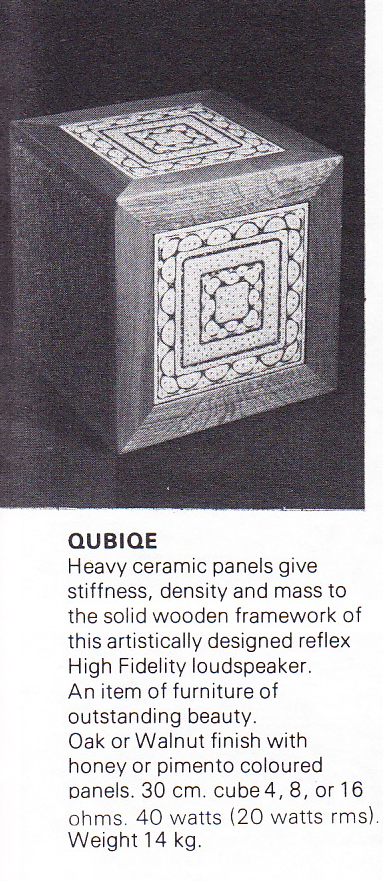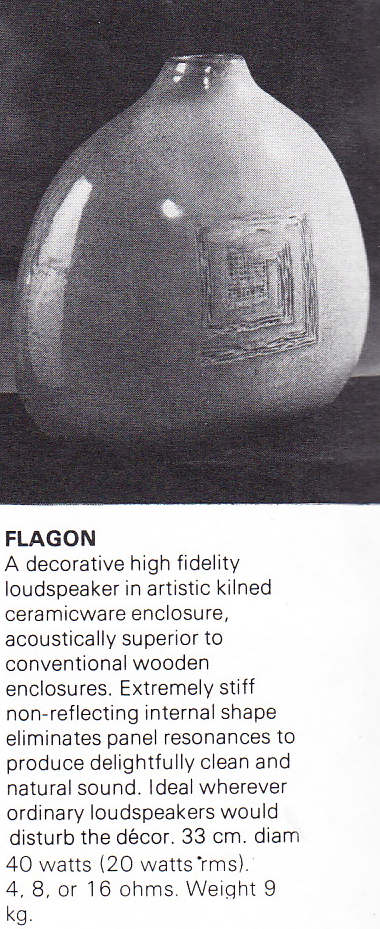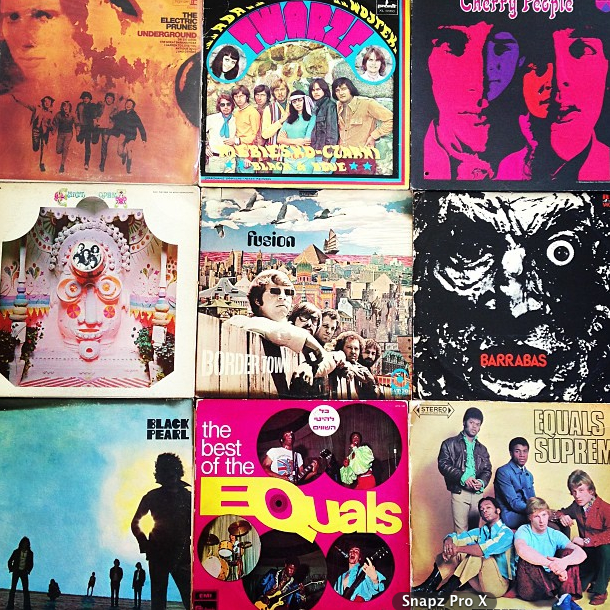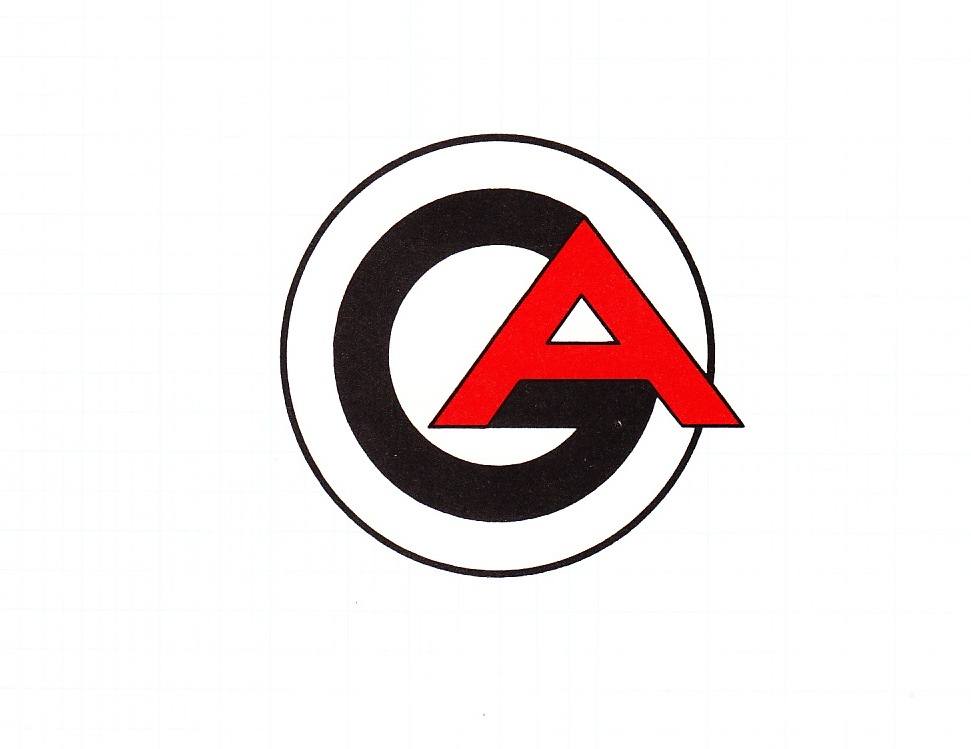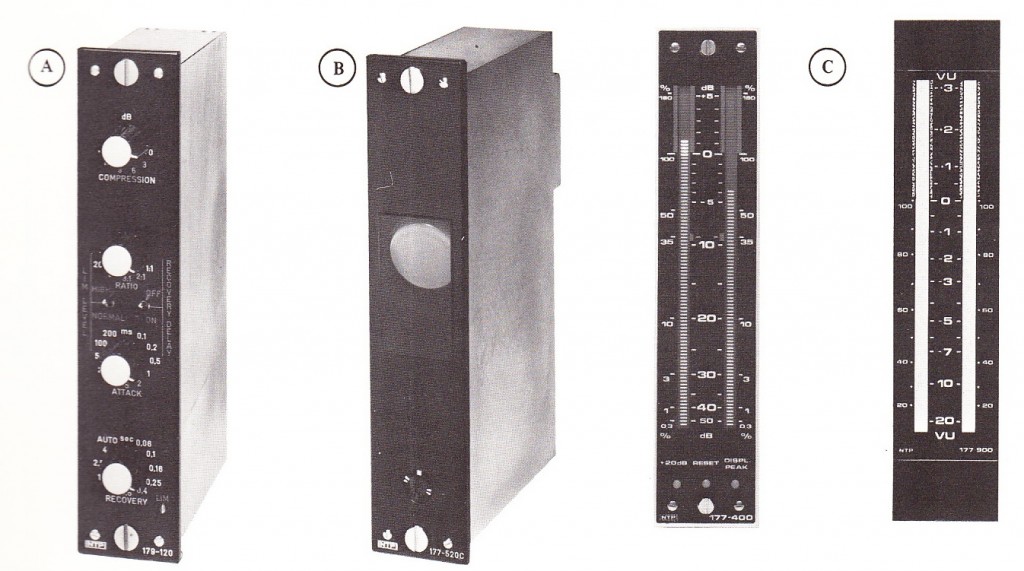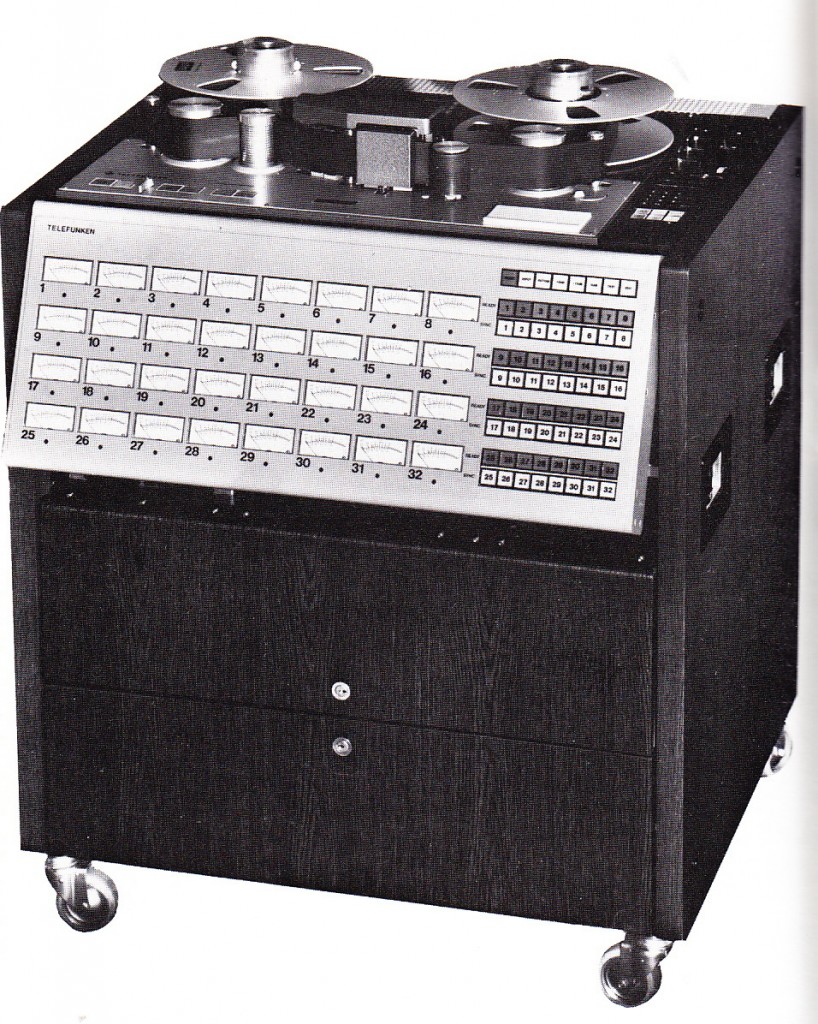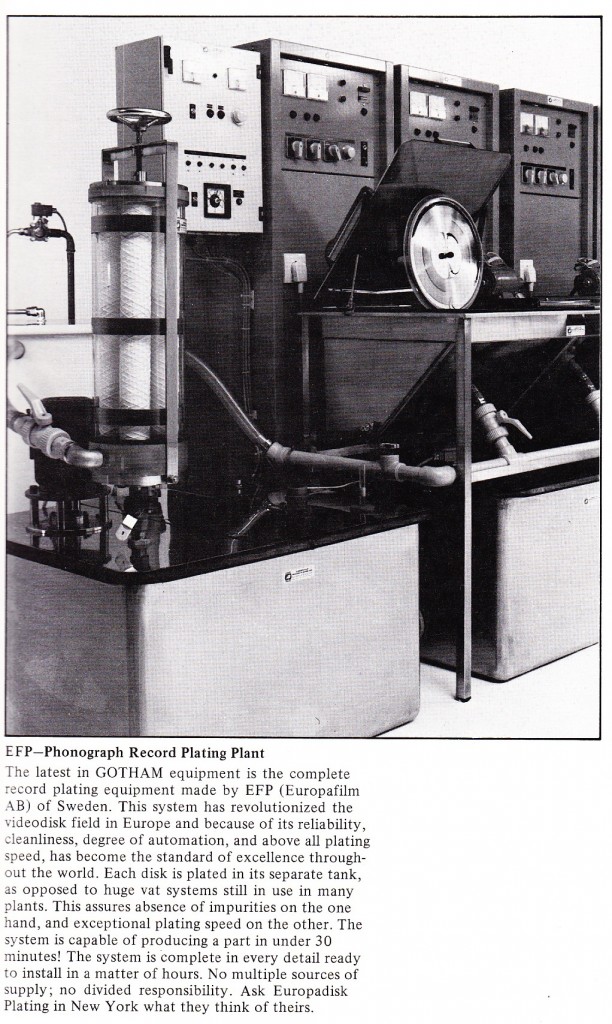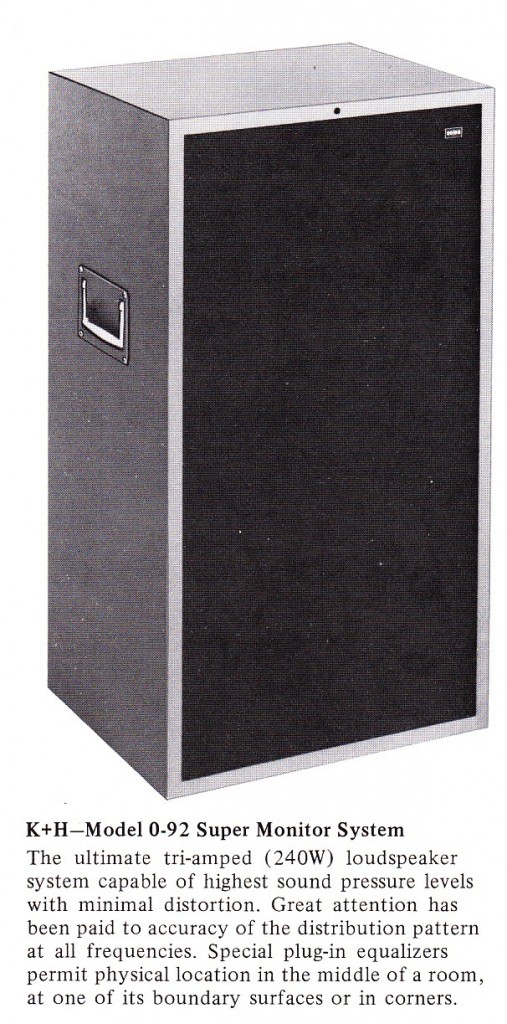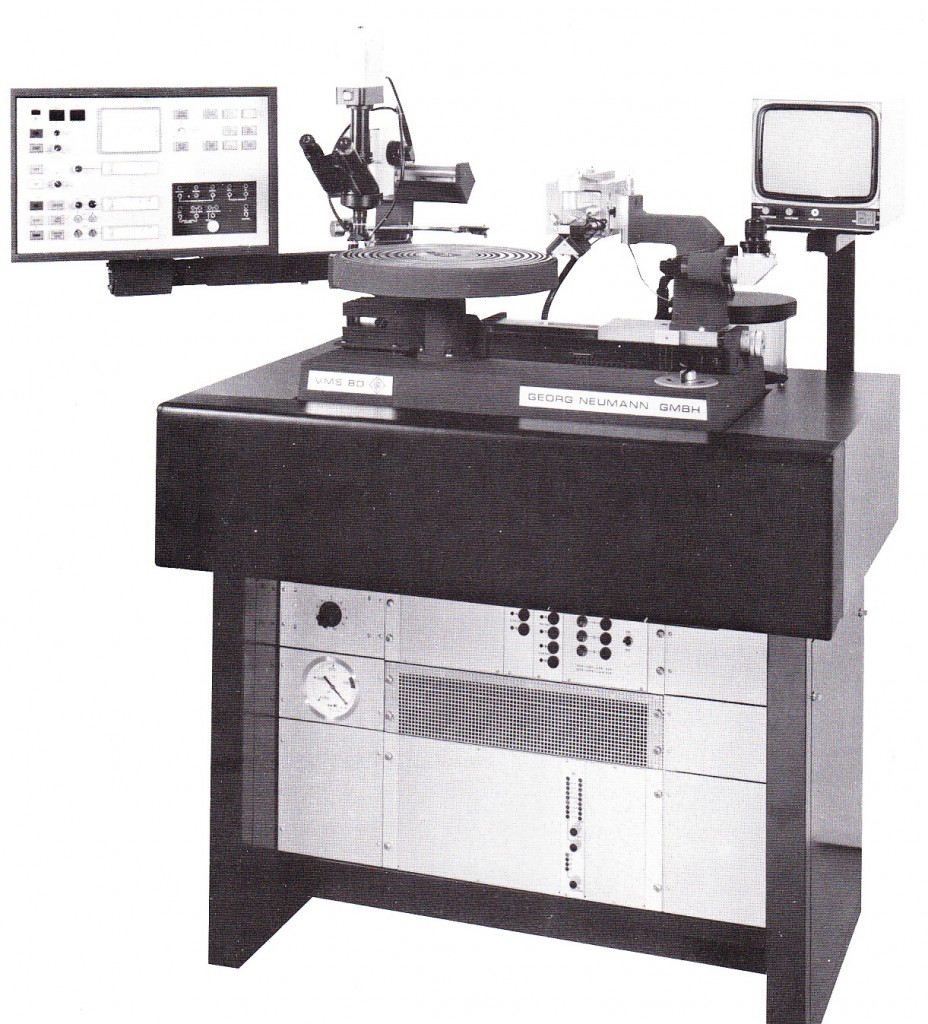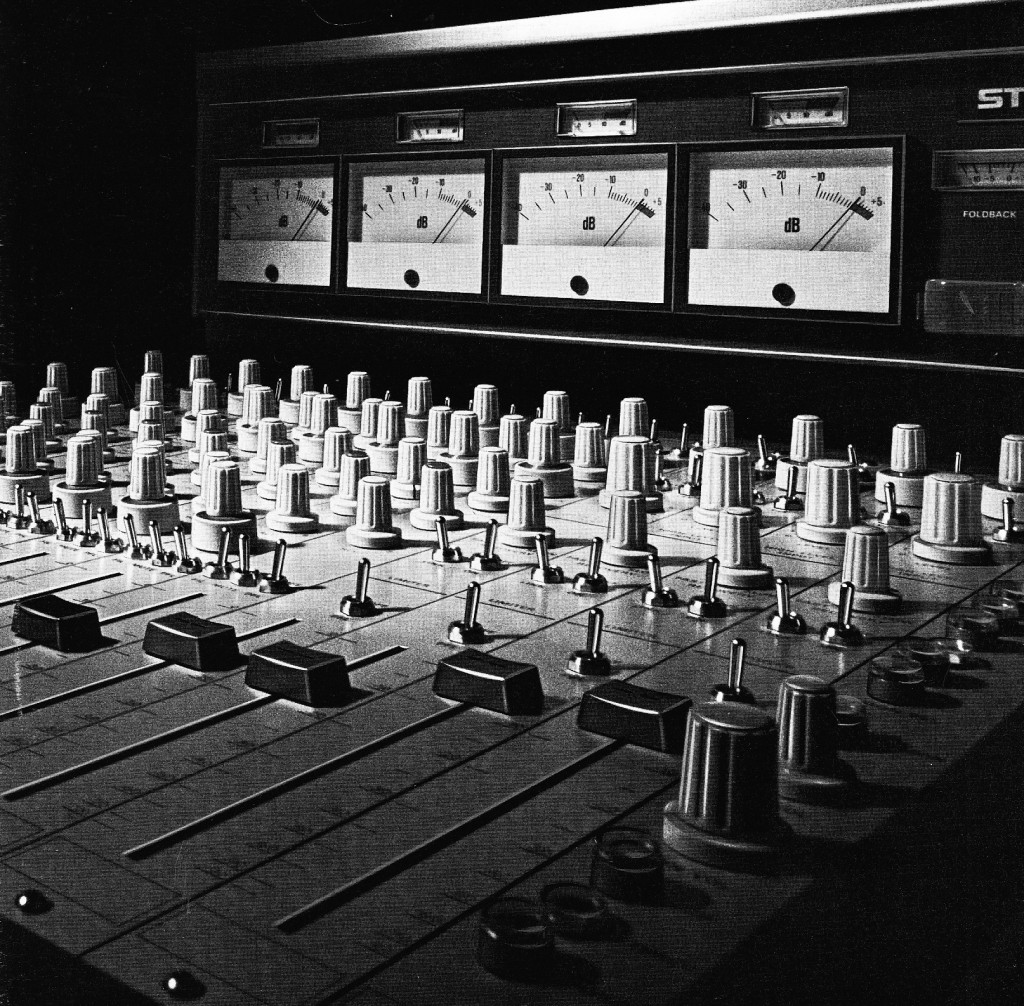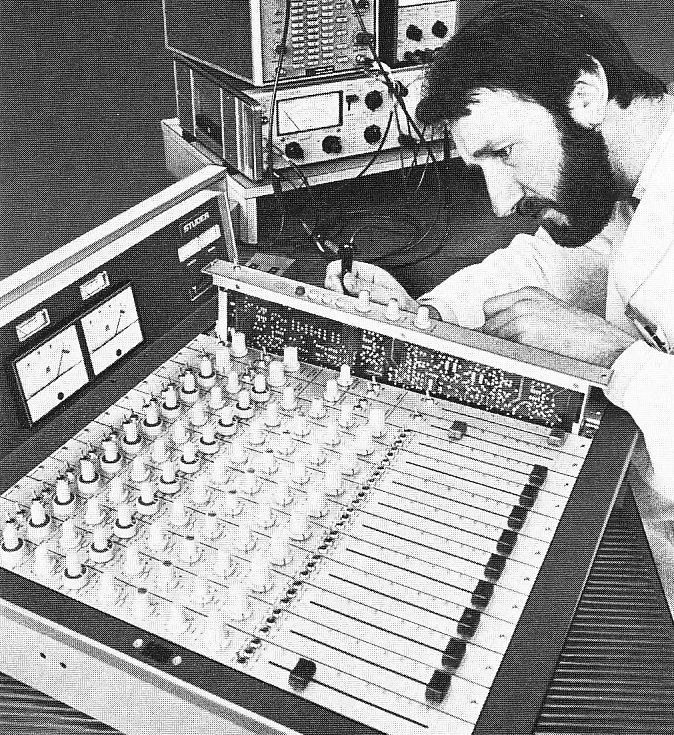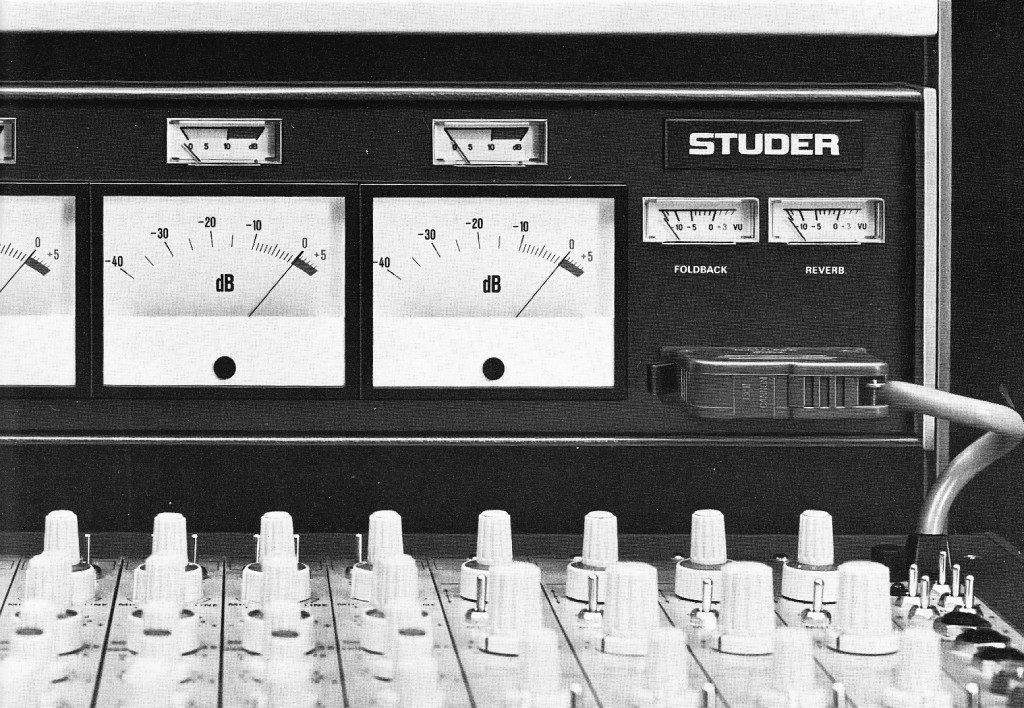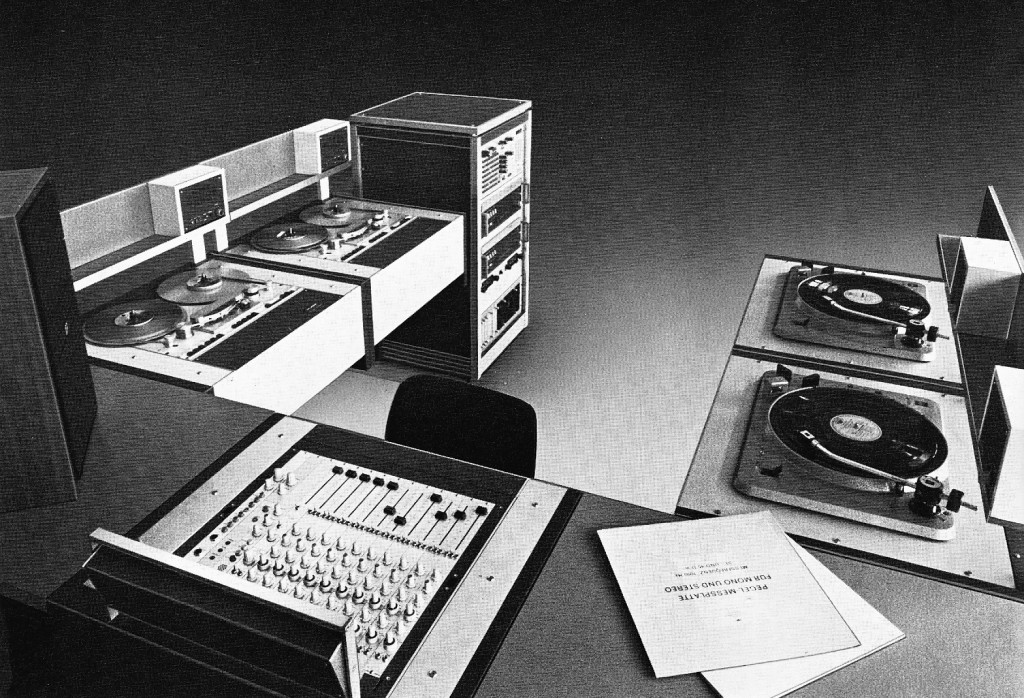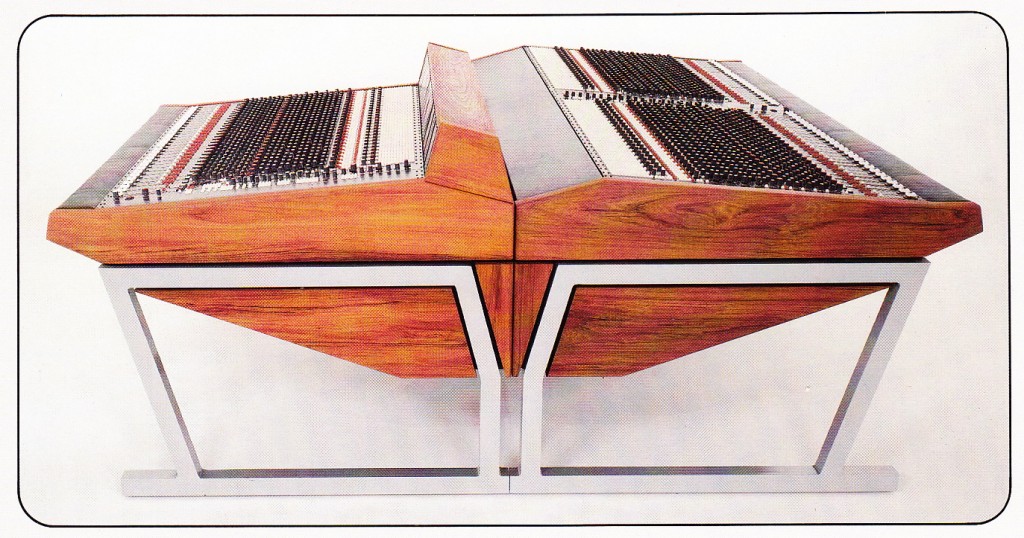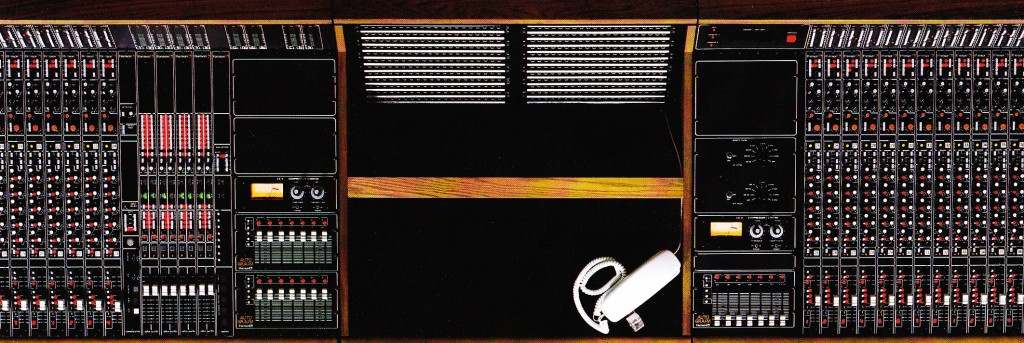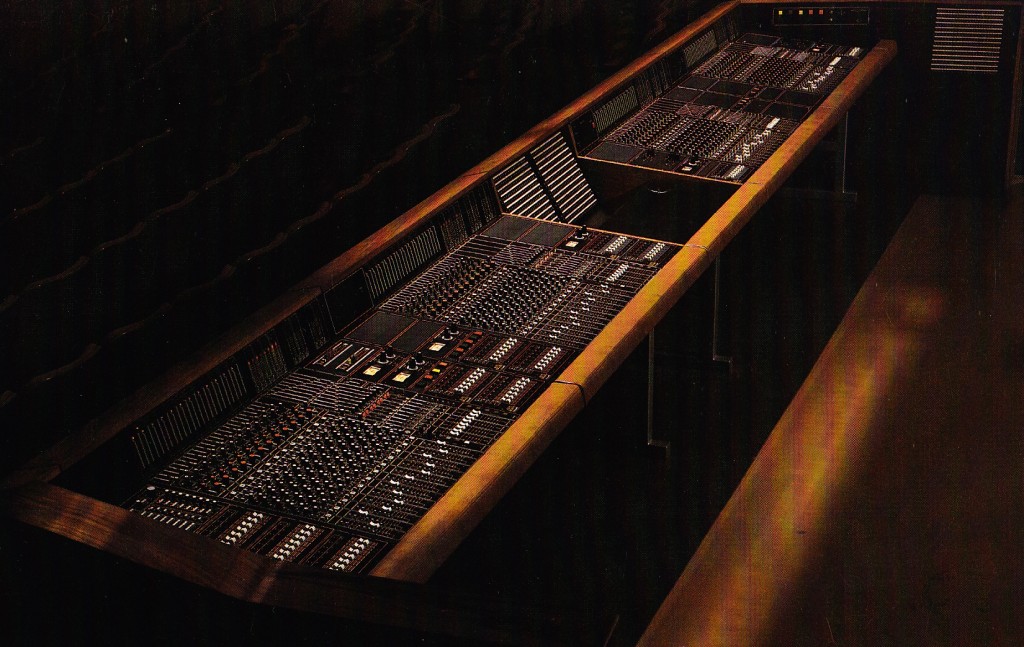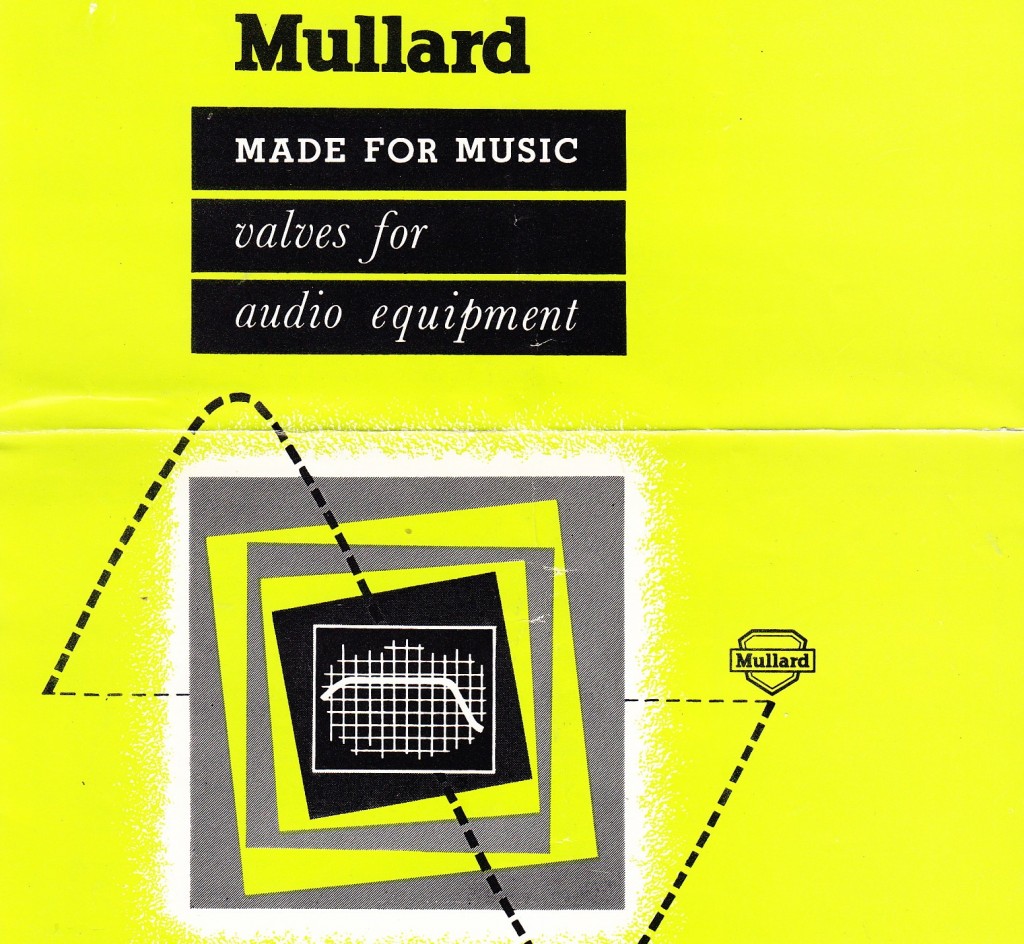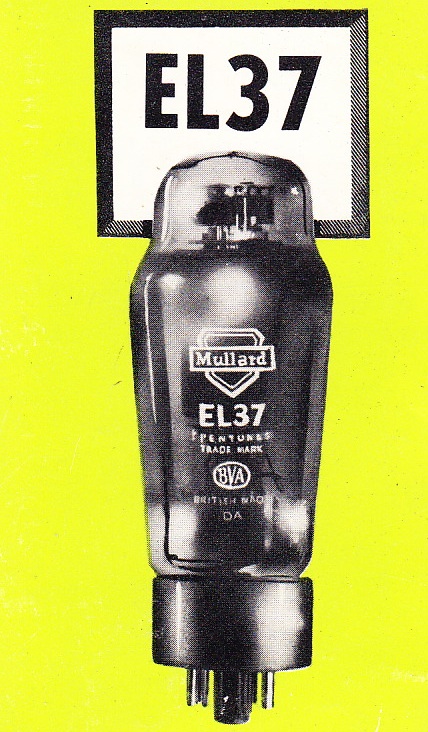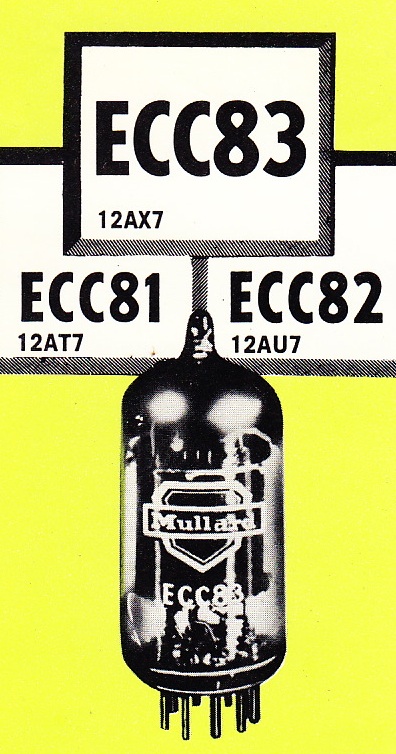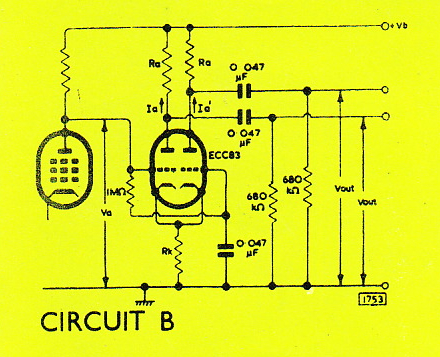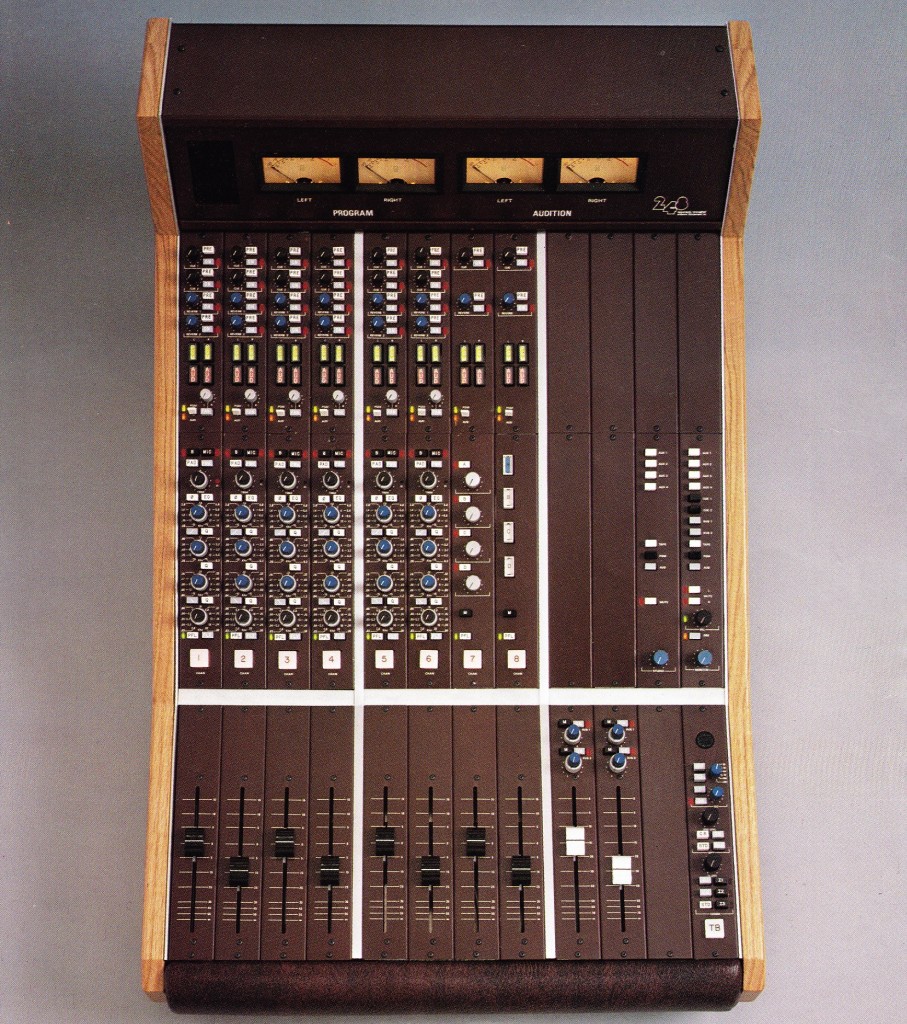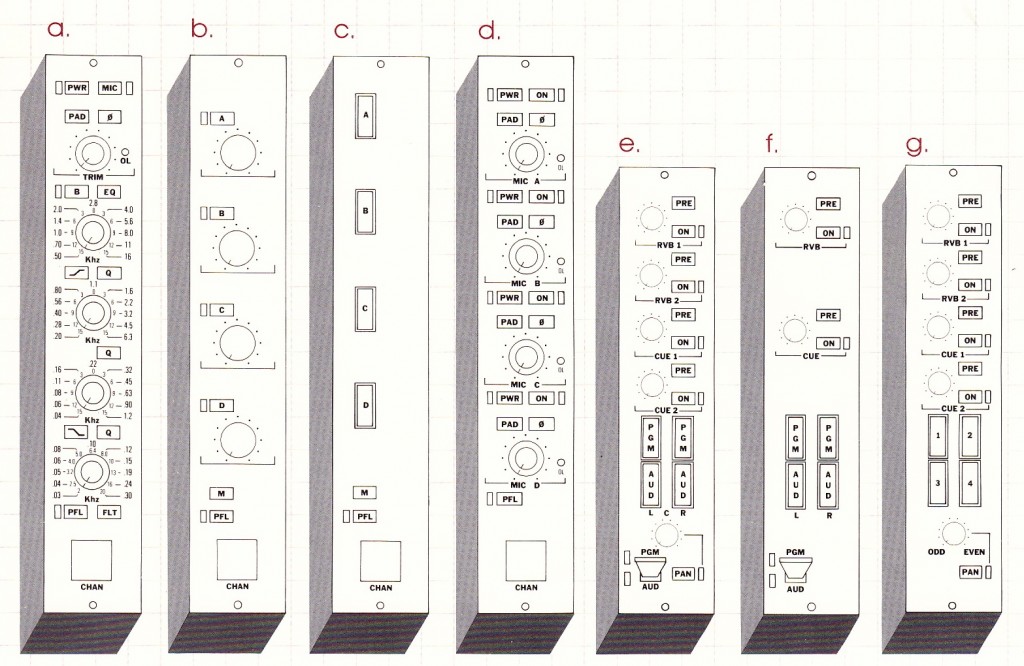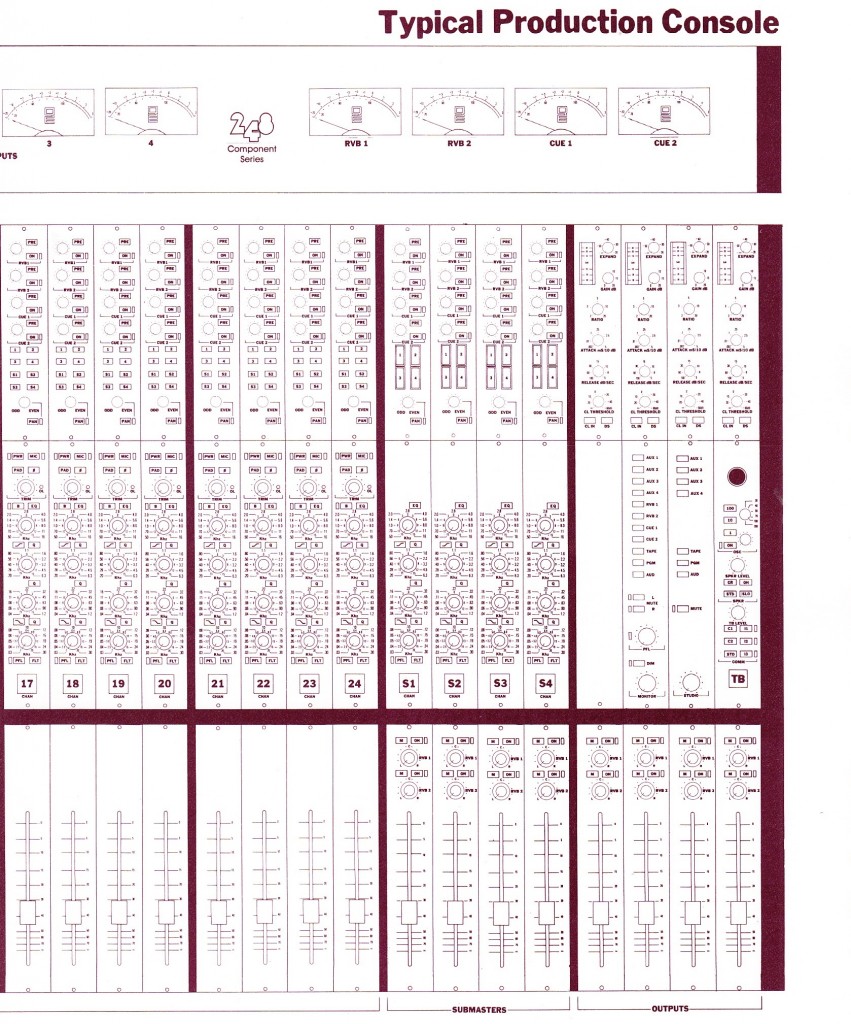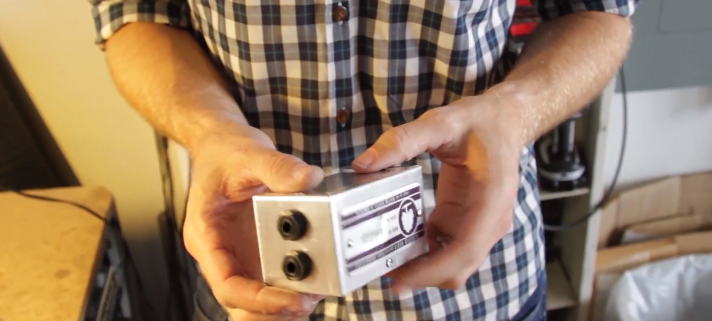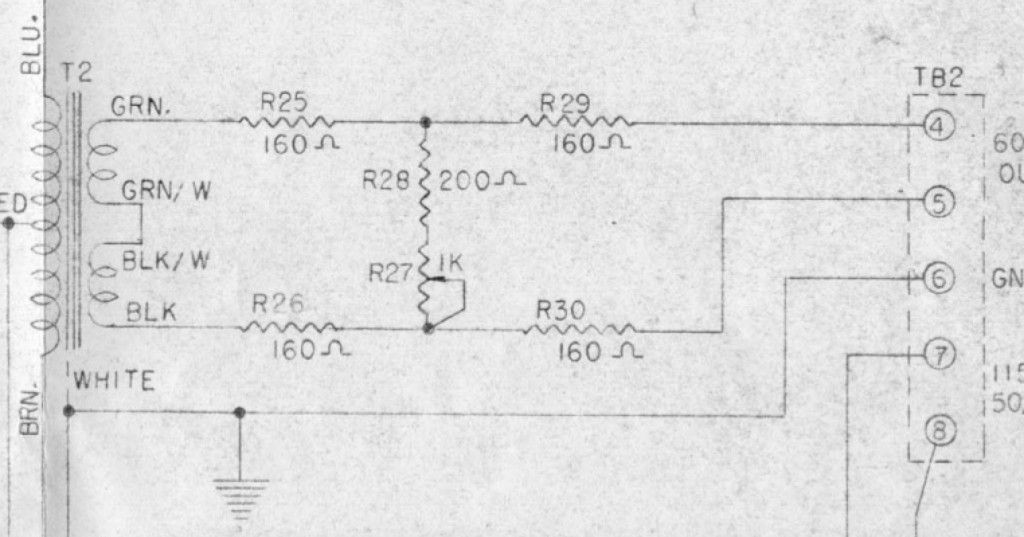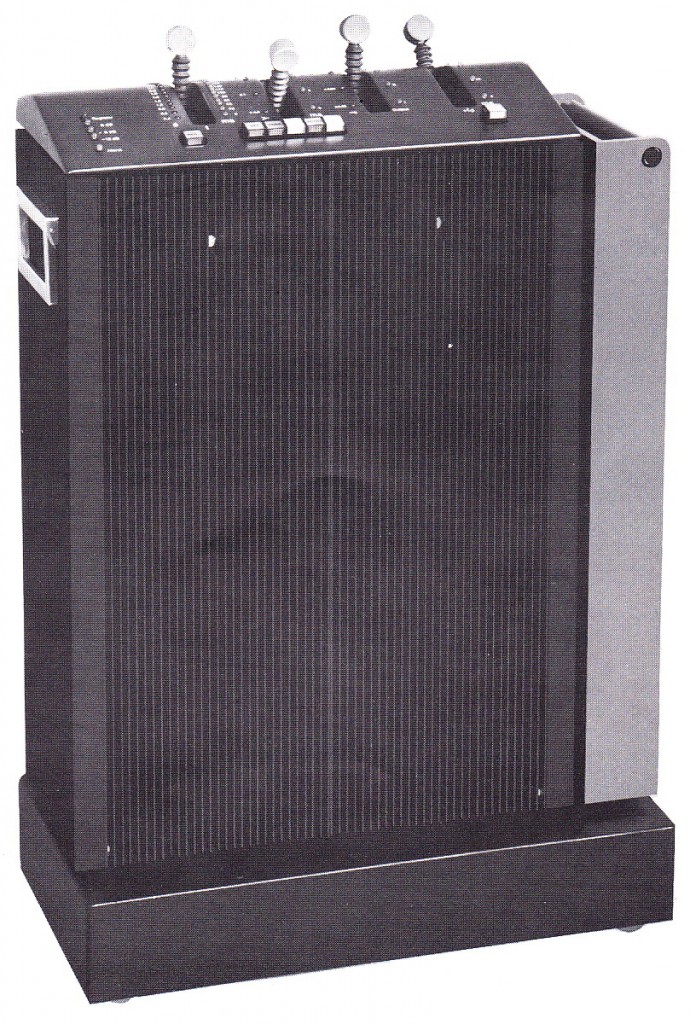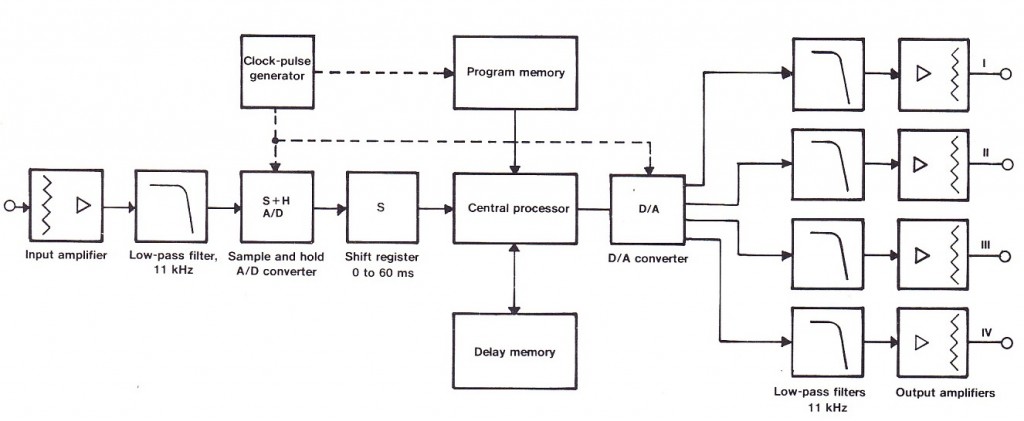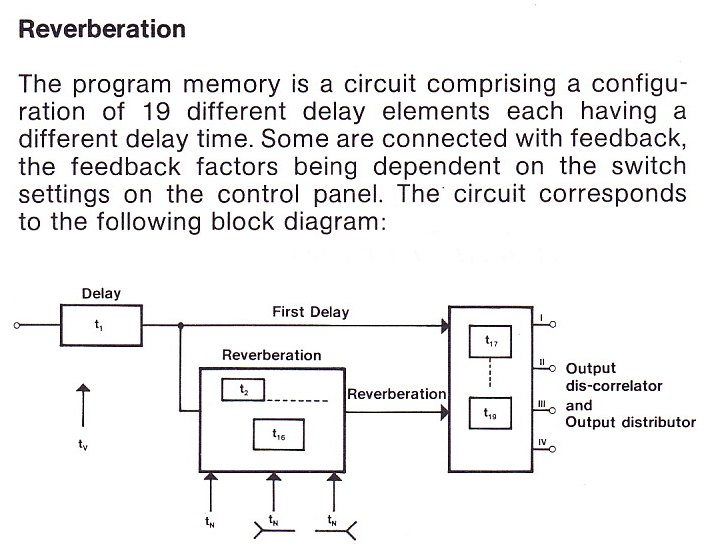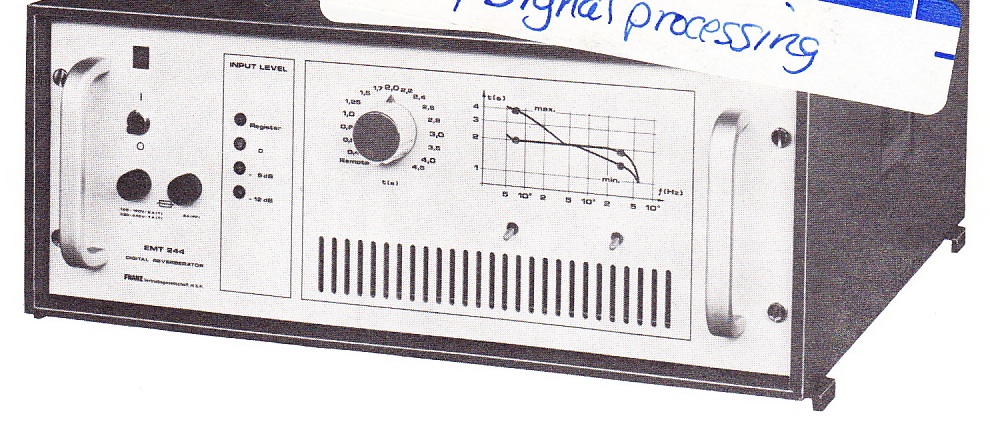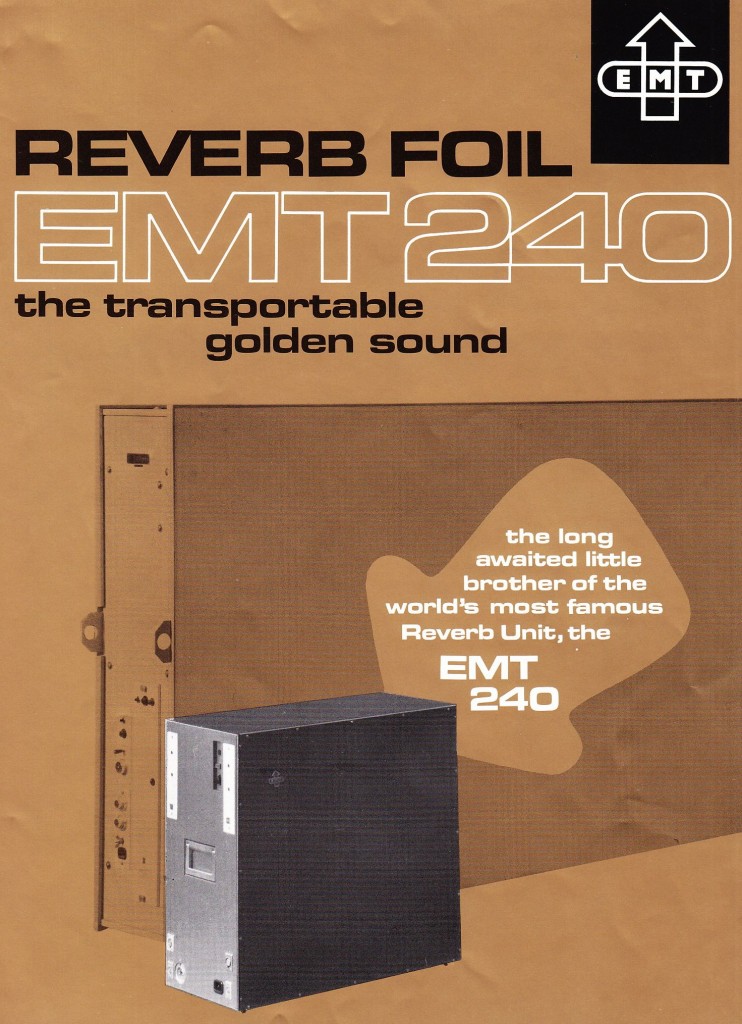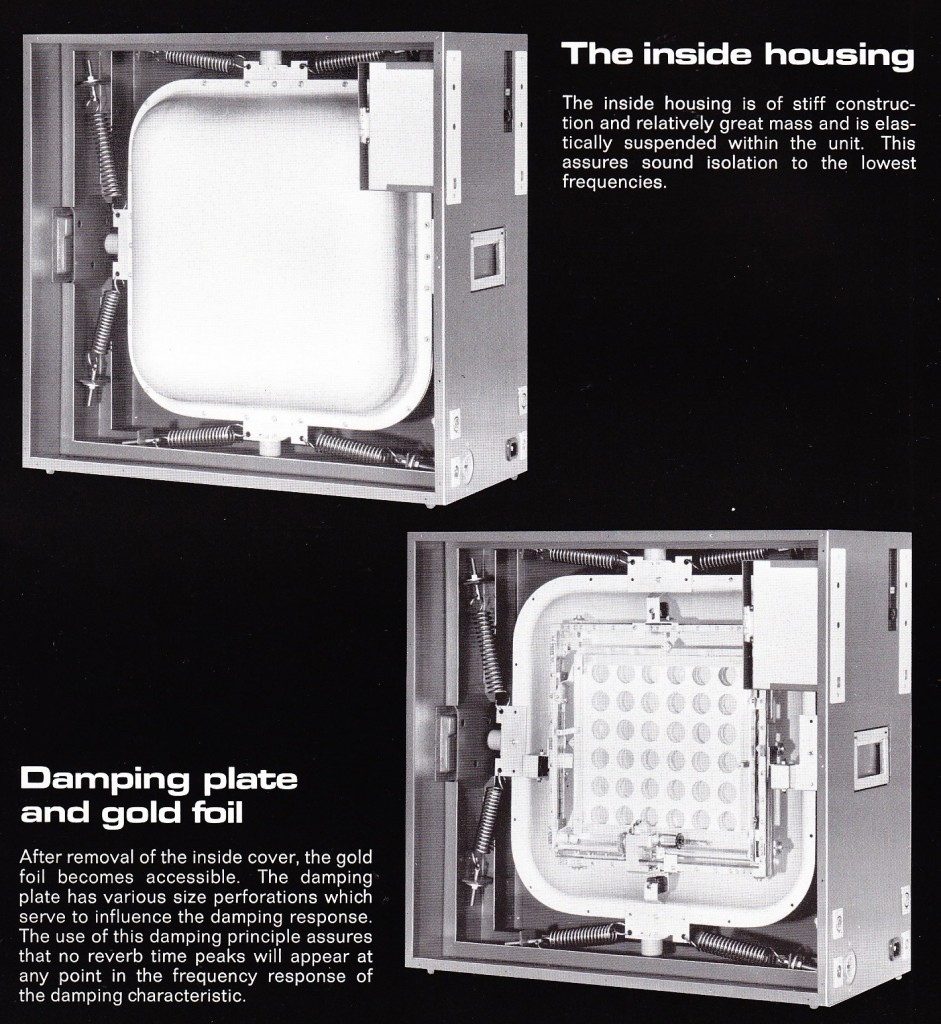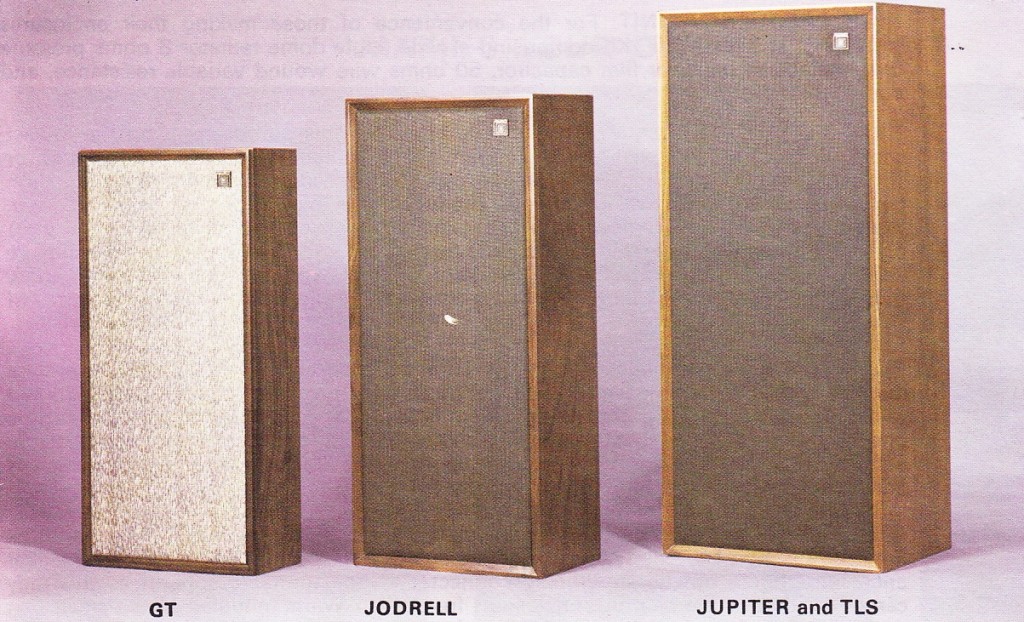 How y’all doing. Sitting here on the (what feels like) first day of fall, listening to a pile of weirdo 70’s UK punk LPs: The 999, Steve Harley, The Stranglers, and The Doctors Of Madness. What better match than some musty old paper describing some oddball British speakers of the era: Jordan Watts. This is the first of what will be many uploads of late-70s speaker ephemera, both HiFi and pro-audio. I have 100s of pieces of this stuff to go thru, and finally a free minute to do it. So get ready… and remember to check if Orange County Speakers has re-edge kits available for any foam-edged 35 year-old-speaker yr thinking of buying. Anyhow, download a complete late-1970s JORDAN WATTS hi-fi speaker catalog:
How y’all doing. Sitting here on the (what feels like) first day of fall, listening to a pile of weirdo 70’s UK punk LPs: The 999, Steve Harley, The Stranglers, and The Doctors Of Madness. What better match than some musty old paper describing some oddball British speakers of the era: Jordan Watts. This is the first of what will be many uploads of late-70s speaker ephemera, both HiFi and pro-audio. I have 100s of pieces of this stuff to go thru, and finally a free minute to do it. So get ready… and remember to check if Orange County Speakers has re-edge kits available for any foam-edged 35 year-old-speaker yr thinking of buying. Anyhow, download a complete late-1970s JORDAN WATTS hi-fi speaker catalog:
DOWNLOAD: Jordan_Watts_spkrs
On offer: the Jordan Watts models Juno, Juliet, Jumbo, GT, Jodrell, Jupiter, TLS, Jericho, Centurion, Qubique, and Flagon.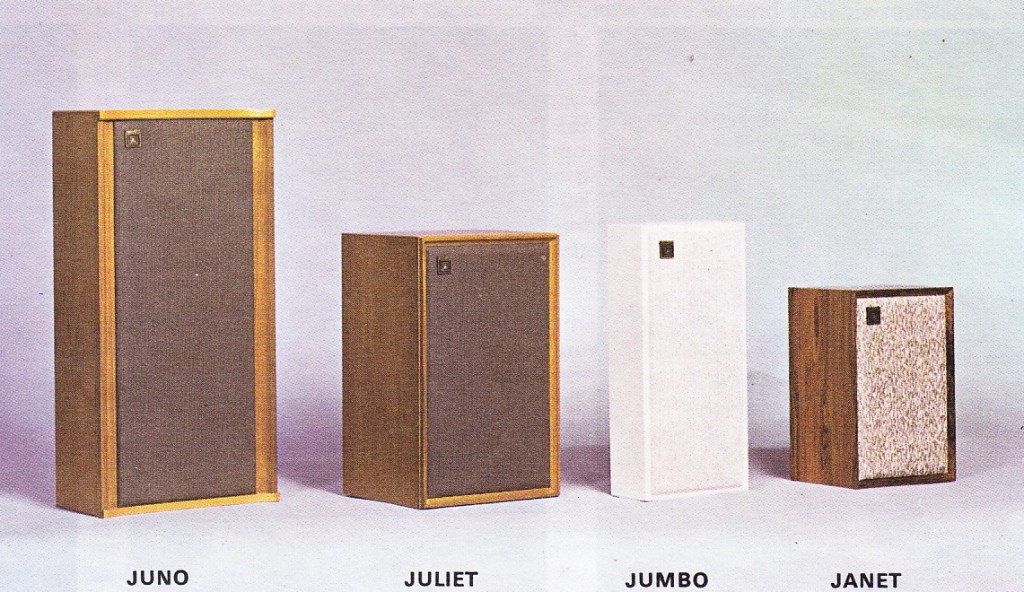 The Jordan-Watts speakers used a very unusual 4″ metal-coned driver unit that came in its own integral mini-enclosure. Even stranger tho are their Arabesque and Romanesque “Qubiqe” and “Flagon” models:
The Jordan-Watts speakers used a very unusual 4″ metal-coned driver unit that came in its own integral mini-enclosure. Even stranger tho are their Arabesque and Romanesque “Qubiqe” and “Flagon” models:
